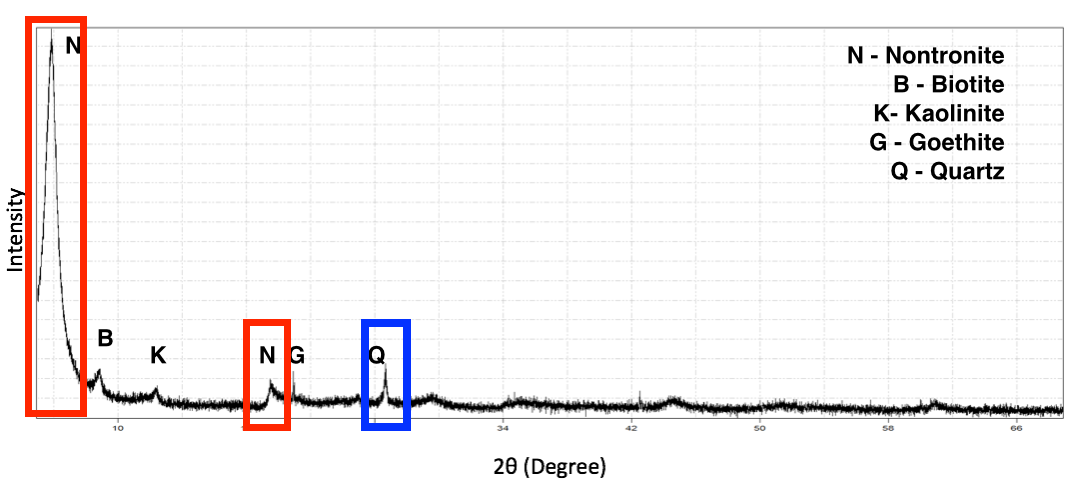Mineralogy
Mineralogy
At GeoTechnical Rock Lab, we delve deep into the vital role of mineralogy in assessing the quality and potential of wells, whether they stretch horizontally or vertically. Understanding mineralogy isn’t just about identifying rocks and minerals; it’s about unlocking the secrets of the geological features hidden beneath the Earth’s surface.
Here’s why it’s crucial:
1. Well Performance: Mineralogy influences the permeability and porosity of rock formations. A thorough understanding helps predict fluid flow within the reservoir, impacting well productivity and performance.
2. Reservoir Characterization: Different minerals have distinct properties that affect reservoir behavior. By analyzing mineralogy, engineers can accurately characterize reservoirs, determining their capacity to store and produce hydrocarbons.
3. Drilling Optimization: Knowledge of mineralogy aids in selecting appropriate drilling techniques and tools. It enables engineers to navigate through various formations effectively, reducing drilling time and costs.
4. Fluid Compatibility: Certain minerals can react with fluids extracted from wells, impacting production quality and equipment integrity. Understanding mineralogy helps anticipate these interactions, ensuring efficient extraction processes.
5. Risk Assessment: Mineralogical data provides insights into the geological stability of well sites. It helps assess risks such as formation collapse, fluid contamination, and casing integrity, enhancing overall safety and longevity of wells.

X-ray diffraction (XRD) is a powerful technique used in mineralogy to characterize the crystalline structure of minerals. By analyzing the diffraction patterns produced when X-rays interact with a crystalline sample, XRD provides detailed information about the mineral composition present in rocks and sediments.

This method helps identify specific minerals present in a sample, quantify their relative abundances, and even determine their crystallographic orientations. In well evaluation, XRD is invaluable for understanding the mineralogical composition of reservoir rocks, aiding in reservoir characterization and prediction of fluid flow properties.
Thin section evaluation is a vital tool in the search for hydrocarbons within sedimentary rocks. Microfossils, minute remnants of ancient organisms, play a crucial role in this quest. Their presence within rock samples can indicate past environments rich in organic matter, such as marine sediments or ancient swamps.
When these environments are present in conjunction with specific mineralogical compositions conducive to hydrocarbon formation and trapping, it suggests a high potential for hydrocarbon accumulation.
For instance, the presence of certain microfossil assemblages, like dinoflagellates or foraminifera, often indicates marine depositional environments associated with organic-rich sediments. These environments, coupled with favorable mineralogical conditions, such as the presence of clay minerals or carbonate reservoirs, create ideal settings for hydrocarbon generation and accumulation over geological time scales.
Scanning Electron Microscopy (SEM) offers a high-resolution, three-dimensional view of mineralogical samples, allowing for detailed analysis of their surface morphology and elemental composition. SEM can provide valuable insights into mineral textures, crystal shapes, and mineral associations that may not be discernible with other techniques.
SEM’s exceptional resolution and magnification capabilities allow for the observation of fossilized organic materials, including bacteria, within mineralogical samples. This ability to visualize microorganisms and their interactions with minerals provides valuable insights into past environmental conditions, microbial activity, and biomineralization processes.
In well evaluation, SEM can help identify and characterize minerals and some organic compounds present in reservoir rocks with precision, contributing to a more comprehensive assessment of their properties and potential for hydrocarbon exploration and production.
